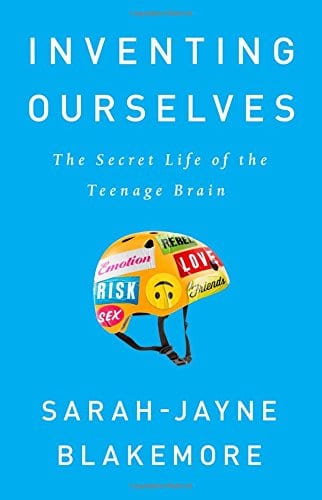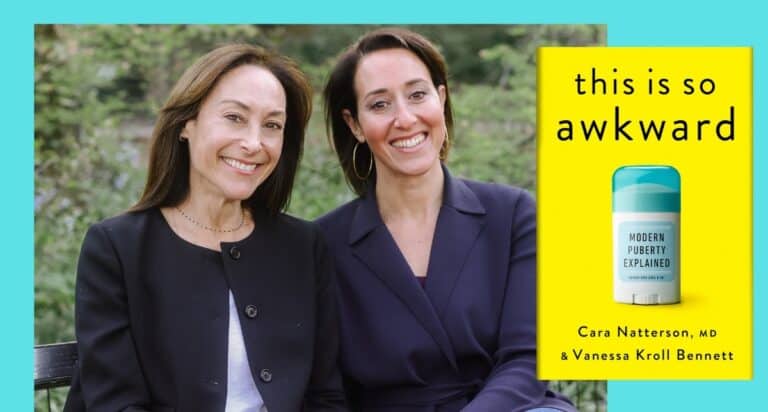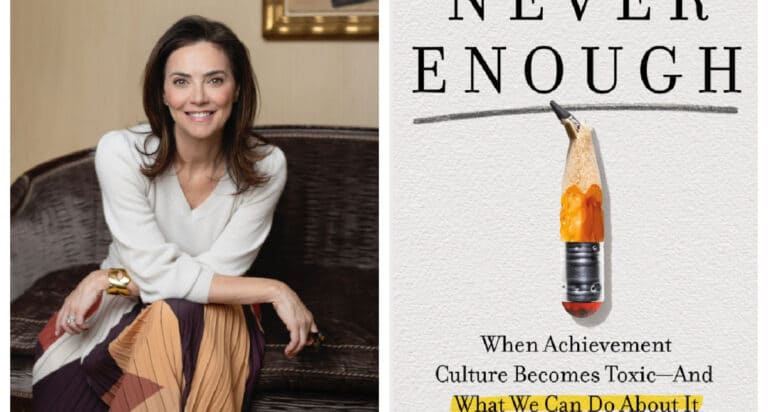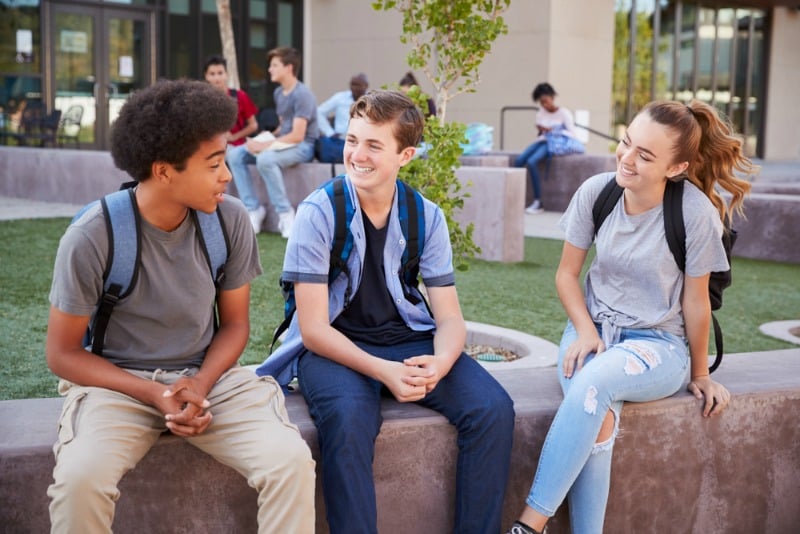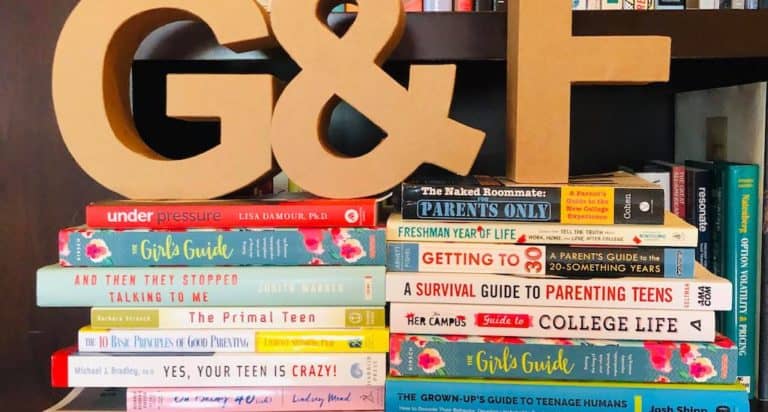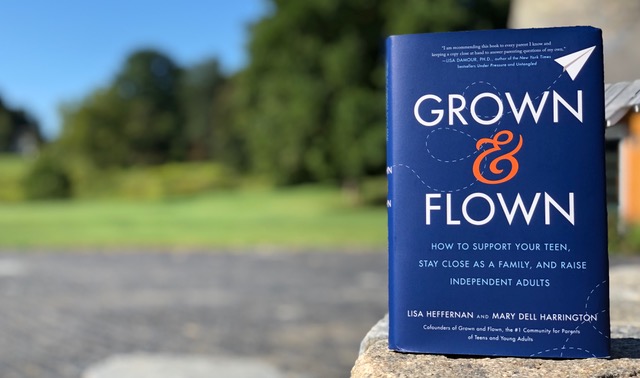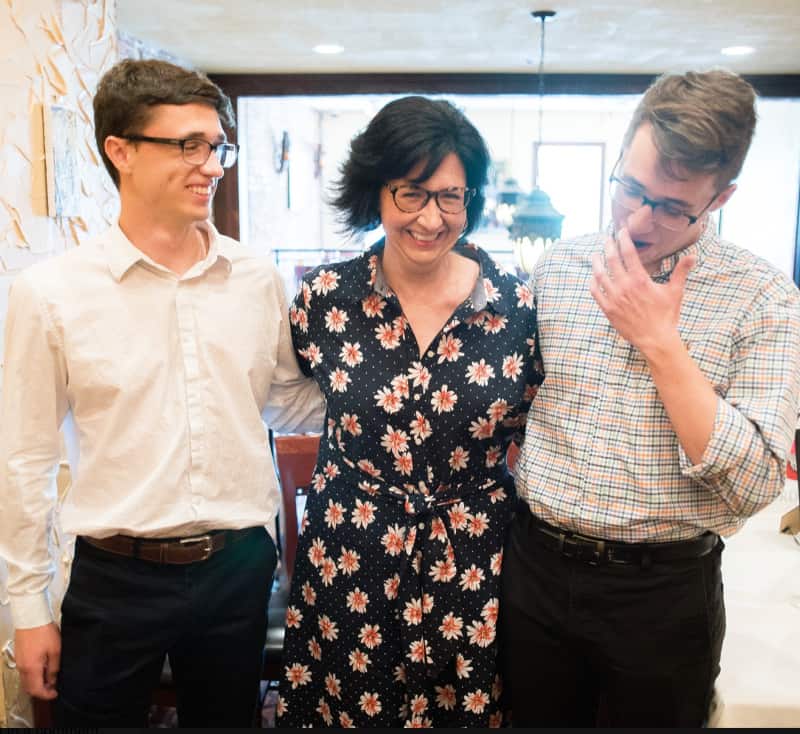“Teenagers are brilliant.”
This declaration may not be what one expects to hear from an expert in adolescent brains, but neuroscientist Sarah-Jayne Blakemore says it unblinkingly. She has dedicated her career to understanding the teen mind, and her findings shed a much-needed light on what’s happening in our teenagers’ brains as they move from childhood to young adulthood.
The author of Inventing Ourselves: The Secret Life of the Teenage Brain and a self-professed champion of teenagers, Blakemore contends that exploring the profound neurological development that happens during the adolescent years can help us get a better handle on why teens do what they do.
Teen brain development
When we understand the biological basis for the heightened risk-taking, impulsiveness, and self-consciousness teens tend to exhibit, it’s easier to let go of a lot of the stigma we tend to attach to adolescence—judgments Blakemore says are unfair.
“Teenagers get a really bad rap,” Blakemore told The Guardian. “We mock them and demonise them more than we do any other section of society. And it’s not right. They’re going through an important stage of their development that they need to go through.”
Blakemore, a self-professed champion of teenagers, explains the main areas in which teens differ from adults.
“They take more risks than children or adults,” Blakemore said in a TED talk, “and they are particularly prone to taking risks when they’re with their friends. There’s an important drive to become independent from one’s parents and to impress one’s friends in adolescence.”
Each teen is unique, of course, and not all are peer-obsessed risk takers. However, Blakemore explains that the limbic system—the reward center of the brain—is more active in teen brains, and that it’s especially sensitive to the rewarding feeling that comes with taking risks.
On the other hand, the prefrontal cortex—the part that stops us from taking excessive risks—is still developing. That combination creates the impulse teens have for doing things that make the adults in their lives scratch their heads (or pull their hair out).
In addition, the effect of peer influence is strong. Blakemore’s research has found that in the absence of other people, teens actually don’t take more risks than adults. But when their peers are present, their tendency to make risky choices increases significantly.
Blakemore has also found that the negative feelings that come from being socially excluded is particularly intense for teens, which is why they sometimes make choices that baffle us. For many adolescents, the risk of feeling ostracized by their peers outweighs their concerns over truly risky behavior.
One way parents and educators can channel that tendency into something positive is to encourage more peer-led initiatives that focus on healthy life choices. For example, Blakemore points out that anti-smoking teen campaigns have proven to be more effective when they are led by teens instead of adults.
Peer pressure can go both ways, and embracing that natural tendency rather than fighting it may be a more effective means of helping teens navigate their social waters.
While neurological explanations of teen behaviors can be helpful for our understanding, they don’t necessarily make adolescent tendencies easy for parents swallow. But even that disconnect between parents and their teens is normal and healthy, says Blakemore.
It’s all a part of burgeoning independence. She is also quick to point out that the sometimes frustrating qualities of teens are not inherently bad. Taking risks can be a good thing. Being in tune with your social circle can be a good thing. It just takes time for our brains to balance risk and acceptance with wisdom and self-assuredness.
In the meantime, we can take a page from Blakemore’s book and keep learning about this important stage of neurological development, champion teens as they make their way through this stage, and appreciate the brilliance of their ever-changing brains.
More great reading:
